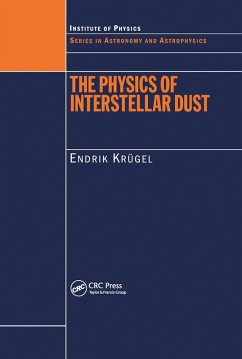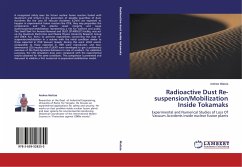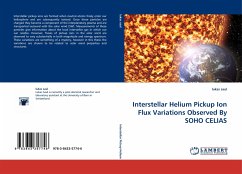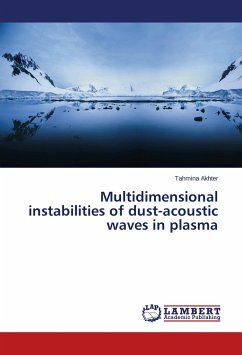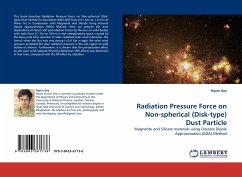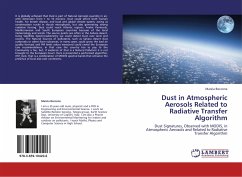
Studies of Interstellar Dust
Modelling the Diffuse radiation from interstellar dust grains
Versandkostenfrei!
Versandfertig in 6-10 Tagen
39,99 €
inkl. MwSt.

PAYBACK Punkte
20 °P sammeln!
Dust grains scatter as well as absorb UV radiation from stars. The absorbed radiation is re-emitted at longer wavelengths. Diffuse UV radiation has been observed from different regions in the Galaxy. The main contributor of this radiation is the scattering by interstellar dust grains. Here, we have attempted to model this radiation and derive the basic properties of dust grains in three regions of the Galaxy, namely Ophiuchus, Coalsack and Orion. For the Ophiuchus region we have spectra from the Voyager spacecraft. Since the observed locations are of low optical depth we have assumed a single ...
Dust grains scatter as well as absorb UV radiation from stars. The absorbed radiation is re-emitted at longer wavelengths. Diffuse UV radiation has been observed from different regions in the Galaxy. The main contributor of this radiation is the scattering by interstellar dust grains. Here, we have attempted to model this radiation and derive the basic properties of dust grains in three regions of the Galaxy, namely Ophiuchus, Coalsack and Orion. For the Ophiuchus region we have spectra from the Voyager spacecraft. Since the observed locations are of low optical depth we have assumed a single scattering model, in order to derive the optical constants of dust grains in the region. In the case of the Coalsack region, which is in the Galactic plane, the densities are high and so we have used a multiple scattering Monte- Carlo model for the dust scattering. The observations for the region are from Voyager as well as FUSE. We derive optical constants that are in agreement with the theoretical predictions for normal Milky Way dust. For the Orion region, we have FUSE observations. We find similar optical constants as in other regions.






